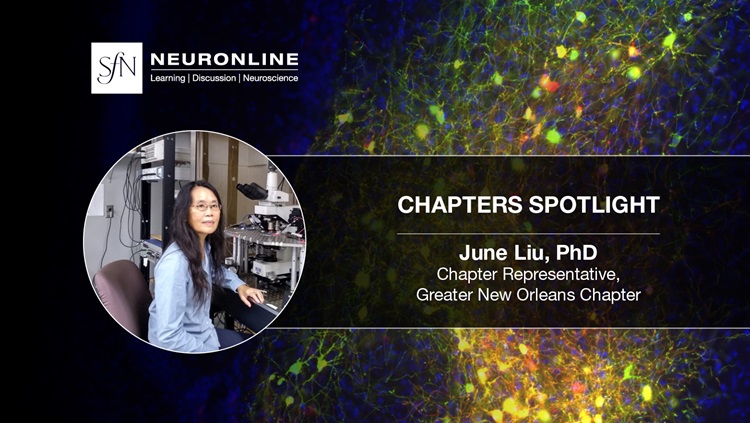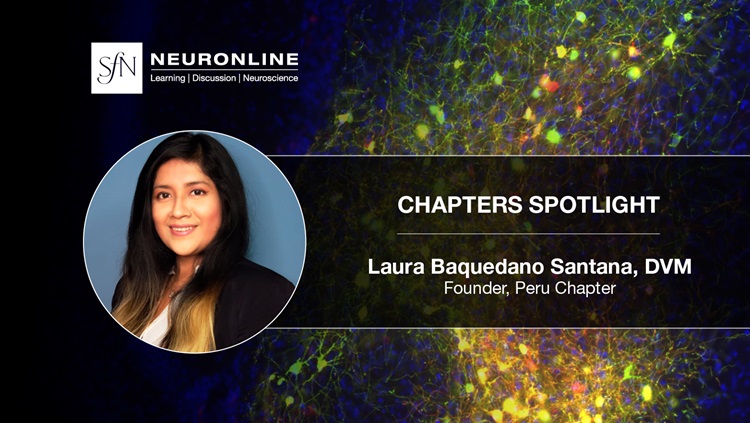Inspired by her research on the neurobiology of language, Flora Vanlangendonck created a short video for SfN’s Brain Awareness Video Contest to explain how the brain processes language and the historical discoveries behind our current understanding of it. For her clear and engaging communication, she won second place. Below, watch her video, Your Babbling Brain, and read how she crafted an engaging scientific message and why she incorporates outreach activities into her career.
How did you go about drafting your story to make it understandable and interesting?
The process of writing the script required a lot of rewriting and editing. As a scientist, you are trained to present a complete and nuanced picture that includes all relevant details and potential caveats. This is obviously difficult to do in a five-minute video for the general public. So, I had to rewrite the script several times until I thought that the story was clear enough for nonscientists while still being scientifically accurate. To refine my message even more, I asked my parents to read through the script and flag anything they didn’t understand so I knew what needed to be further clarified.
Why was it important to you to incorporate history and illustration into your explanation of language processing in the brain?
I remember how excited I became as an undergraduate student when I first heard about the early discoveries in neuroscience and I tried to transmit some of this enthusiasm. How do you study the brain when you know so little about how it works and lack modern-day neuroimaging methods? Using whiteboard illustrations in the video allowed me to tell this story step by step, and I think the combination made the video more dynamic.
Why do you think it’s important to communicate about the brain to the public?
I think that it’s our duty as researchers to share our results with the taxpayers who fund our research. Especially now that science is under pressure and scrutiny, we need to reach out and raise awareness of the value of our work. Neuroscience seems to be a topic that especially catches the public’s attention. As neuroscientists, we should therefore play an active role in communicating our findings and countering any neuromyths or incorrect information so that the public is well-equipped with accurate knowledge about brain research and its implications.
Have you had any impactful experiences communicating your own research to the public? What did you learn from them?
I received my PhD last month. In the Netherlands, PhD defenses are public, so my family, friends, and colleagues were able to share that moment with me. It is a tradition at most Dutch universities to start your PhD defense with a 10-minute layman’s talk to summarize your main findings for the general public. I really enjoyed sharing the results of my research with the people who are close to me and afterwards many of them told me that they want to learn more about my research.
Do you actively seek out other outreach activities? How have those experiences impacted your career?
Participating in outreach activities is a good way to practice clearly communicating complex information to different audiences, so I make time for different activities. For example, I have given talks at the Donders Institute’s Open Day during Brain Awareness Week, written blog posts about my research for my former lab’s blog, helped high school students with their school projects, and co-authored a chapter in a Dutch book for the general public about language and the brain. These experiences have helped me become a better communicator and were even useful in my job search.
Speaker








